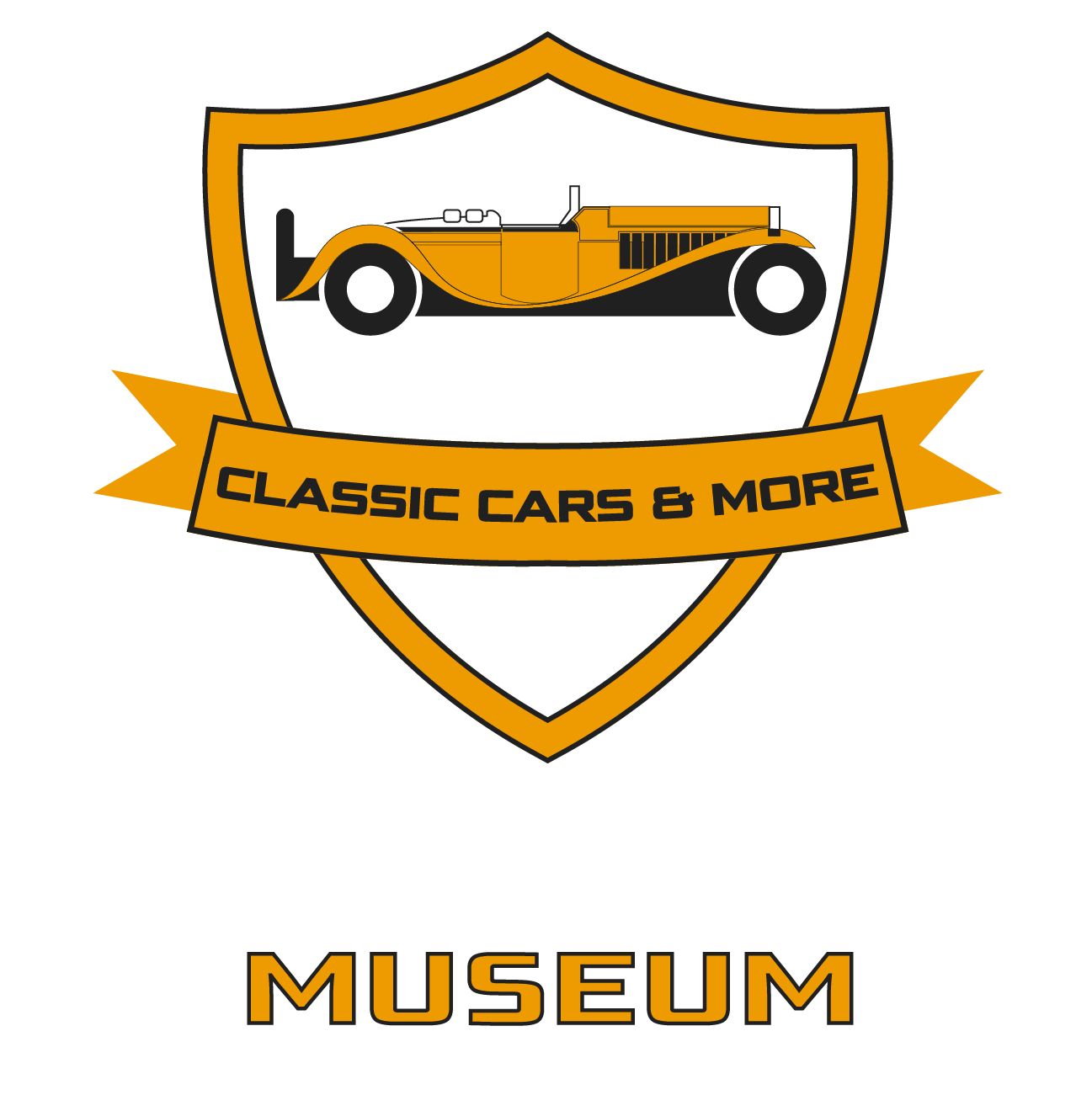365 DAILY NEWSLETTER
CAROZZERIA GHIA 1.
Carrozzeria Ghia SpA was founded in 1916 in Turin by Giacinto Ghia and Gariglio as „Carrozzeria Ghia & Gariglio”, an Italian car design and coachbuilding company. Over the years, Ghia has produced numerous car bodies for various car manufacturers, such as Lancia, Jaguar, Fiat, Ferrari, Ford, Chrysler, Alfa Romeo, and Volkswagen.
The company originally produced lightweight aluminium car bodies, then established their reputation with the Alfa Romeo 6C 1500, which won the 1929 Mille Miglia, an endurance road race in Italy.
The factory in Turin was destroyed by bombing in the Second World War in 1943, and the founder of the company died of a heart attack the following year while rebuilding the factory. The company was sold to Giorgio Alberti and Felice Mario Boano, who made agreements with other Italian and foreign brands to supply chassis on which to build exclusive, small numbers produced cars. In the years after World War II, Italian coachbuilders enjoyed a golden age. Ghia was also responsible for the bodywork of various Ferrari chassis between 1950 and 1956, such as the Ferrari 195 Inter, of which only 11 Ghia-bodied cars were built. The production numbers of Ghia products were always very low, which gave them a high degree of exclusivity.
However, the most successful collaboration with the American giants Ford and Chrysler began in the 1950s, leading to the introduction of prototypes and special versions of mass production models. The collaboration between Ghia and Chrysler and its chief designer Virgil Exner was particularly close, resulting in eighteen Chrysler Ghia Specials, such as the Crown Imperial. Among the most famous achievements of the era were the Lincoln Futura and the prototype of the ‘Norseman’ luxury coupe, which tragically sank with the cruise liner Andrea Doria before it could be released to the public.
During this period, the company also set up joint ventures, creating Ghia-Aigle in Switzerland in 1948 and Dual-Ghia in the United States in 1956, whose cars were a firm favourite with Hollywood stars. Ronald Reagan also owned a Dual-Ghia, which he lost in a poker game against then President Lyndon Johnson.
In 1953, Boano left Ghia and the company was taken over by Luigi Segre, design led first by Giovanni Savonuzzi and then by Pietro Frua. Luigi Segre was keen to boost Ghia’s reputation abroad. His colleague Wilhelm Karmann was also keen to develop his family’s German coachbuilding company into a mass-production company. The pair came up with a design for a car based on the then very popular Volkswagen Beetle, later the Karmann Ghia, which was designed in Italy and built in Germany. To make the prototype, Segre secretly bought a Beetle in Paris, which was modified to their design in Turin over five months, and then brought back to Paris, where it was first shown to Karmann, who later presented it to Volkswagen. The names of several different designers are mentioned for the Karmann Ghia, including Segre, Boano and Savonuzzi, but it is obvious that the design was inspired by Virgil Exner’s 1952 Chrysler d’Elegance. A concept that Ghia built just for Chrysler. Fortunately, Exner followed the principle that imitation is the sincerest form of flattery, and he didn’t mind that his concept became a large-scale production; nearly half a million Karmann Ghia coupes and convertibles were built over 19 years. Other famous models designed by Ghia in this period include the Renault Caravelle, the Renault Floride, the Volvo P1800 and the Fiat 1500 GT. Ghia’s production was characterised above all by prototypes and one-offs, as well as limited series.
In the next article, we will continue with a look at the years following the Ghia’s heyday, then the company’s afterlife, and then take a look back to the space ages of the 1950s with a very special car.
Subscribe to our newsletter
Provide your e-mail address and click the button below to receive special deals and premium offers




